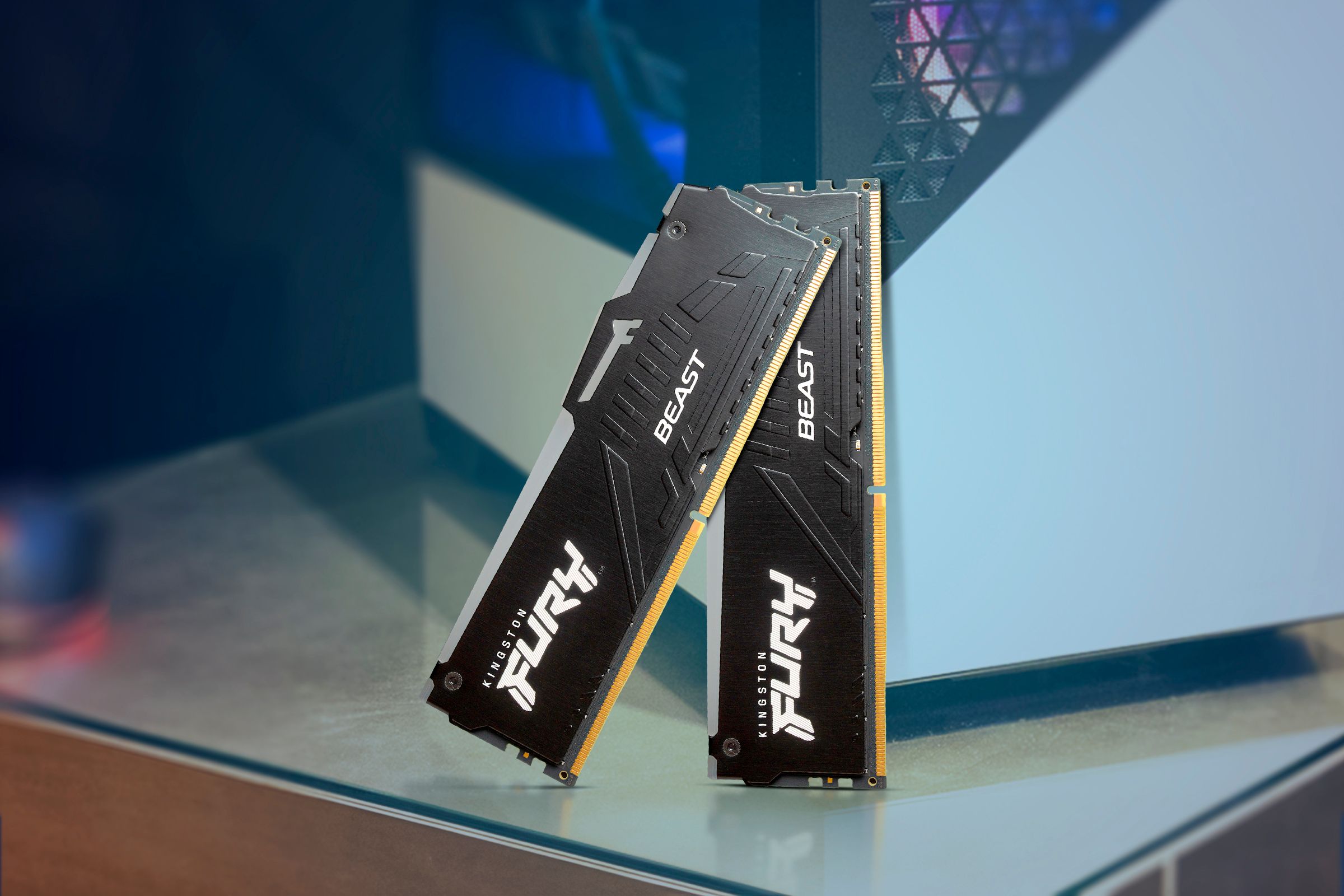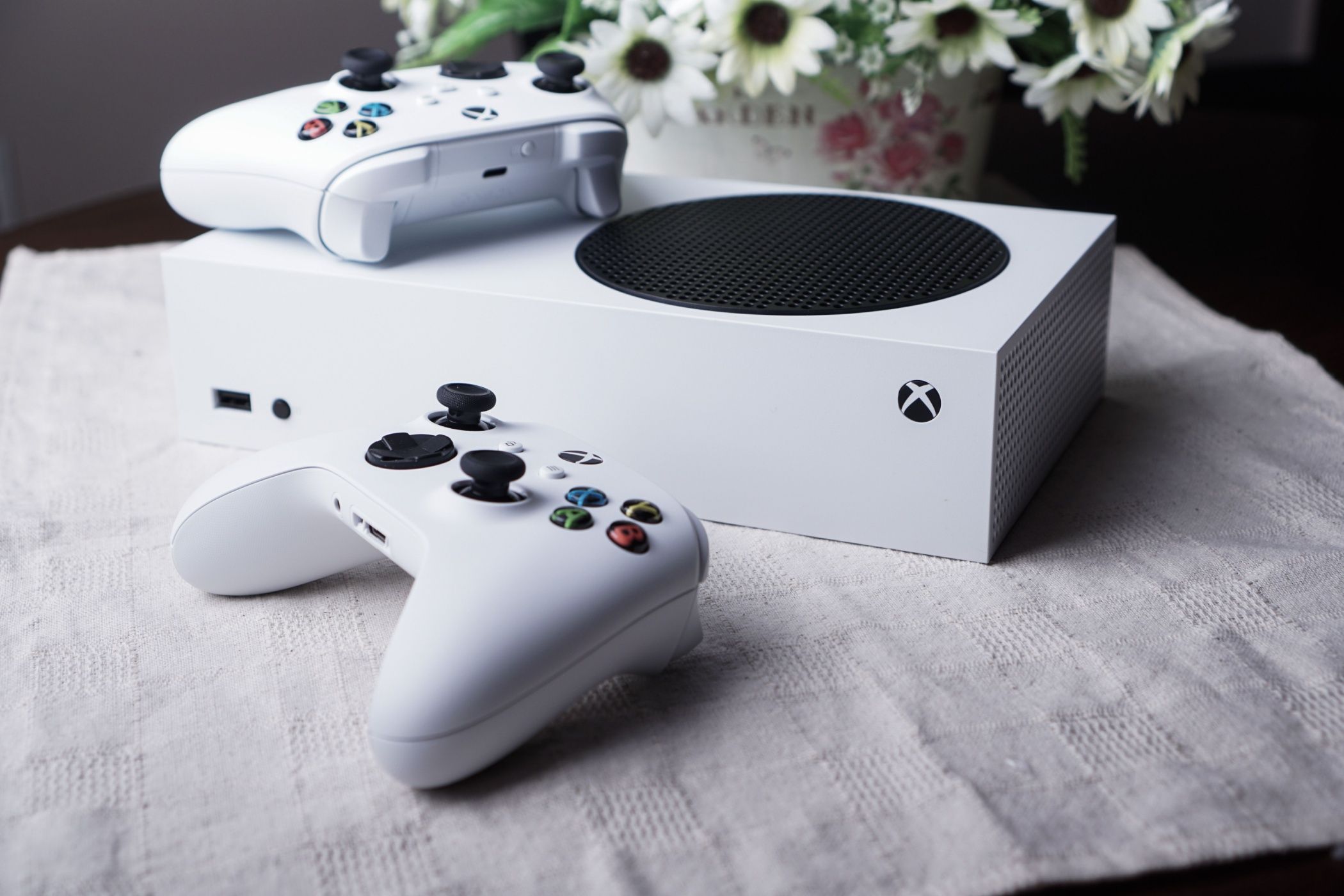Parallels Can Now Run x86 Windows and Linux on Apple Silicon Mac
Mac
Parallels Desktop, a popular application for running Windows and Linux virtual machines on Mac, can now run 64-bit x86 operating systems on Apple Silicon Macs. That means more versions of Windows and Linux can run on the latest M1, M2, M3, and M4 Mac computers.
Parallels Desktop, VMWare Fusion, VirtualBox, and other similar virtualization tools are only designed to run operating systems built on the same architecture as the host. When Mac computers used x86 Intel processors, a Mac could virtualize the regular PC versions of Windows and Linux (and many other operating systems) with a minimal performance hit. When Apple switched to the ARM-based Apple Silicon architecture with the first M1 Mac computers, virtualization was mostly limited to Windows 11 on ARM and some ARM Linux distributions.
The latest Parallels Desktop 20.2 update adds early support for x86 emulation on Apple Silicon, allowing traditional x86 PC operating systems to work on newer Mac computers. There were already apps like UTM that could do it (most of them are based on QEMU), but this feature uses Parallels’ “proprietary emulation engine” paired with Apple’s built-in hypervisor.
The company said in a blog post, “Many users have reached out to us and requested the ability to run, develop, and test 32-bit Windows apps in a native environment. Some of you also asked for the ability to run x86_64 Linux virtual machines as an alternative solution to running Linux virtual machines through Rosetta.”
Parallels on Apple Silicon can now “run existing x86_64 Windows 10, Windows 11*, Windows Server 2019/2022, and some Linux distributives with UEFI BIOS via Parallels Emulator.” You can also create new Windows 10 21H2 and Windows Server 2022 virtual machines if needed.
There are some big limitations. You can only run 64-bit x86 operating systems—sorry, FreeDOS fans—but those 64-bit operating systems can run 32-bit applications. There’s also no support for USB devices, nested virtualization (so WSL2 won’t work), or the Parallels hypervisor. Performance will also be “really slow,” since x86 instructions have to be translated to ARM. The company said, “Windows boot time is about 2-7 minutes, depending on your hardware. Windows operating system responsiveness is also low.”
The option to create x86 machines is still hidden in Parallels. There’s a support article that explains more limitations and how to enable it. Parallels is also still paid software, so if you want a free way to spin up a slow x86 virtual machine, give UTM a shot.
Source: Parallels Blog via Thurrott

















